There are many scientifically-proven health benefits when you become a cat owner. Studies have supported that owning a cat can relieve yourself from stress and reduce your risk of developing cardiovascular diseases. The purring sound cats make can also heal bones and muscles. These feline friends can also provide company and teach kids the importance of responsibility.
If you’re thinking of getting another pet soon, don’t worry as cats are highly adaptable animals. As long as you’re careful in choosing the right small animal, expect that your pets can eventually create a healthy relationship and live with each other harmoniously.
Here are some small pets that are known to get along with cats:
Contents
1. Rabbits
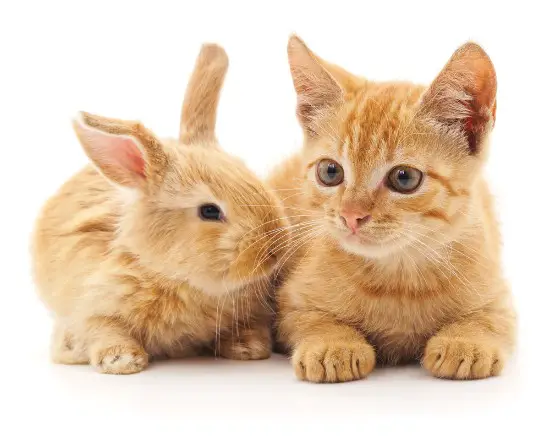
A rabbit can be the perfect pet under the right circumstances. Aside from being furry and cuddly, a rabbit can bond closely with their pet owners as they can easily recognize human voice.
They might even follow you around the house and jump the moment you call their name. You don’t need a large space when caring for a rabbit. As long as you provide them with a litter box, you’re good to go.
Rabbits can be a good addition if you’re already living with cats. Cats and rabbits can get along as long as their living arrangements are managed well. Supervision is required before, during, and after you’ve introduced a rabbit to your cat. Both animals want to be the boss of the house and will likely chase each other to get the throne.
To ensure that your cat will appreciate the presence of the new visitor, let them see each other at least an hour every day. This is a great way for both animals to become familiar with each other’s smells and movements. The rabbit should be kept in a large cage whenever the cat is around.
If you think both pets are ready to meet each other, let the rabbit out of the cage. Allow them to interact with each other but always keep a watchful eye all the while.
Separate your pets once you notice that one or both of them is scared or stressed, it is also a good idea to familiarise yourself with techniques for calming down scared cats to help minimise unnecessary stress.
2. Ferrets
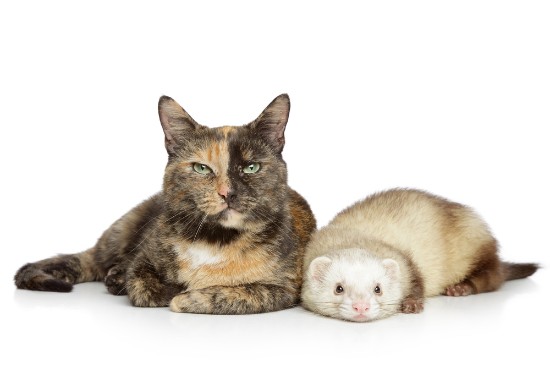
Ferrets are very sociable animals, making them one of the best pets any household can have. This is especially true if ferrets were properly handled at a young age. Just like cats and dogs, ferrets are naturally playful and can be trained to use a litter box.
Although ferrets are smaller animals than cats, the two can still become good housemates. These animals can create a positive and lasting relationship as long as you know how to introduce the newcomer to your cat.
The first meeting of the animals should be supervised as cats can attack ferrets out of fear. In the same way, ferrets might take the cat’s tail as a toy and bite it. Ferrets will also try to climb on your cat’s back, thinking that it’s another area for play.
The safest approach in introducing the ferret to your cat is to keep the new animal in a cage or enclosed area most of the time. Ferrets spend more time sleeping, so giving them space, where they can comfortably sleep, will surely make them happy.
When letting your ferret out to play, observe your cat’s reaction. Naturally, cats will remain calm and watch the ferret do their own business.
Separate the animals once you see any sign of stress or aggression. If possible, take the cat away from the ferret and have another family member give undivided attention to your feline friend. Doing this will make the cat feel loved despite having a new pet at home. This will also reduce friction between the two animals because the cat won’t see the ferret as a competition.
3. Hamsters
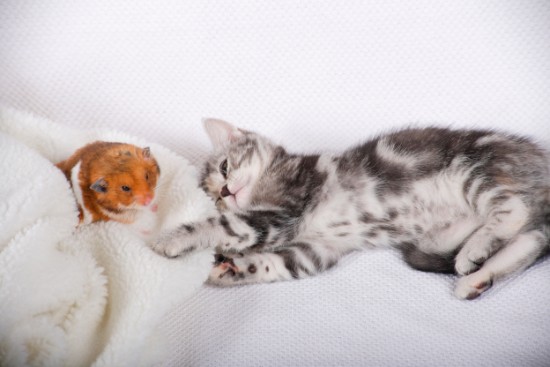
Hamsters are great pets because they’re low maintenance and very easy to look after. These are some of the reasons why parents would entrust their kids to have hamsters at home. Hamsters won’t require any exercise from their pet owners as they can engage in physical activities on their own. Hamsters don’t shed, making them a suitable pet for families who have allergies, as well.
But because of the size difference, only a few pet owners would attempt to care for a cat and hamster at the same time. At a glance, a cat and hamster can look like a very difficult combination to handle, but actually, cohabitation between the two animals is possible as long as respect is established early in the relationship and certain precautions are regularly observed.
As a safety measure, always keep your hamster in a cage. This cage should provide toys and accessories that mimic the natural habitat of the hamsters to keep them relaxed. An exercise wheel, water bottle, and litter box are vital to your hamsters, so make sure that their cage is provided with these.
The space between the bars of the cage shouldn’t fit your cat’s hand, as well. A cage that has large spaces and gaps between its bars will allow your cat to reach your hamsters. This cage should be placed in an area that’s not accessible to your cat. A corner area a few feet above the ground is an excellent option.
Pocket animals such as hamsters are too small for cats. Your cat will likely treat these hamsters as toys and chase them the entire day. Cats will always chase small animals because this is already instilled in their nature.
Instead of forcing your cat to change its ways, opt to let the two animals interact only when the hamster is inside a hamster ball. This is the safest option to take if you want your hamster to be around with your cat. A hamster ball will also ensure that your hamster can get out of the house through a cat flap.
However, even with a hamster ball, your supervision is still required. If your cat starts to stalk the ball or attempts to open it, separate the two animals immediately. Encouraging these behaviours from your cat will eventually lead to a disaster.
Patience Is Key
When introducing a small animal to your cat, make sure that you’re not doing it in the cat’s territory. Don’t bring the small animal on the couch if your cat stays in the area most of the time. If possible, it should be done outdoors or in the vet.
Keep in mind that for your pets to get along, patience is greatly required of you. It’ll take time for these animals to adjust to each other’s presence. Don’t force any animal to like the other during the first meeting to avoid any mishaps at home.
As an Amazon Associate I may earn a small fee from qualifying purchases at no extra cost to you. This helps us run the site, so thanks for your support!

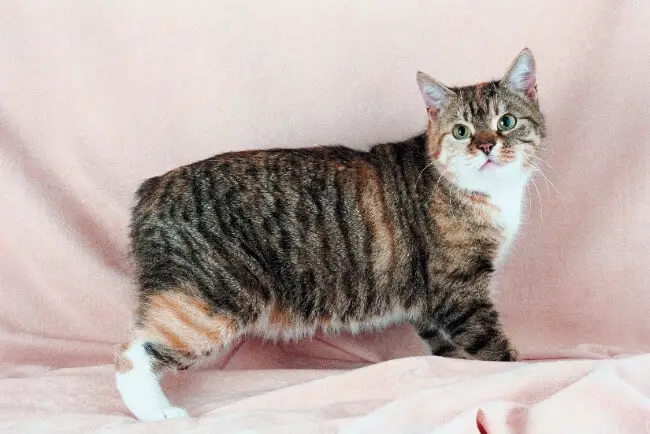
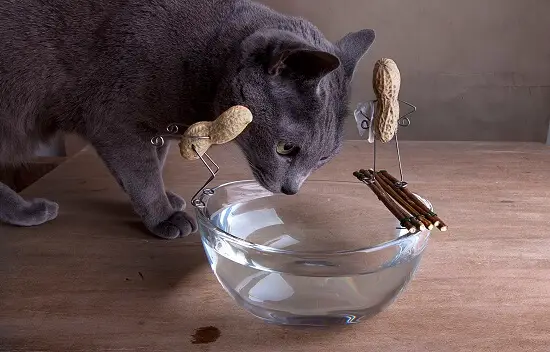


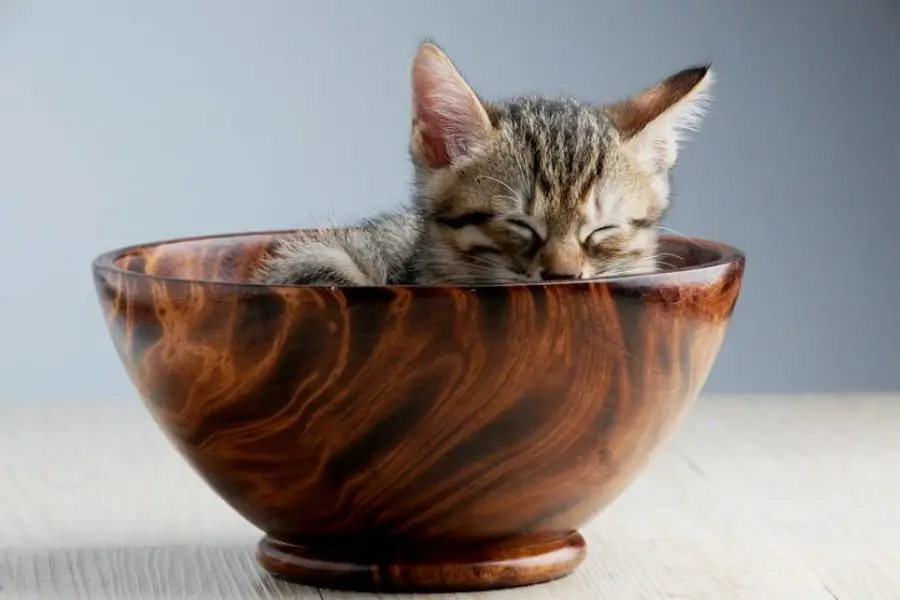

Leave a Comment